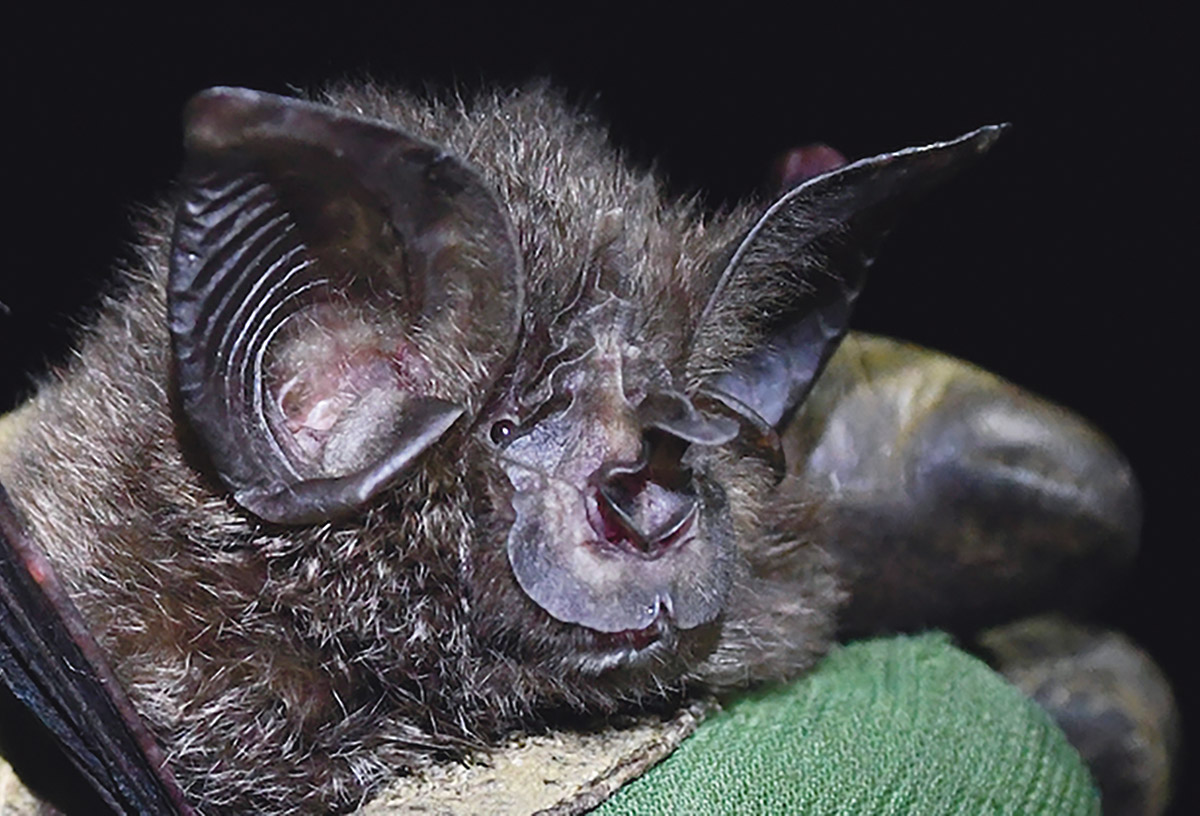
Eavesdropping on Endangered bats

In partnership with the Rwanda Wildlife Conservation Association, the Rwanda Development Board, Nyungwe Management Company, and African Parks, BCI supports acoustic monitoring by park rangers to identify important roosting and foraging sites. As bats move through their habitat, they use echolocation for spatial orientation and to find food, emitting unique calls at high frequencies beyond the range of human hearing. Nyungwe rangers use special recorders, or “bat detectors,” to capture this acoustic data and lower the sounds to levels human ears can hear. From there, they can match calls with GPS data identifying where they were recorded.
“Acoustic monitoring is generating data non-invasively because the initial 2019 capture gave us the first acoustic signature, or reference call, for the species,” says Dr. Paul Webala, Senior Lecturer at Maasai Mara University. “We can eavesdrop on that sound without capturing them because we know their frequency now.”

Other ongoing monitoring includes research into the bats’ diet, such as which types of insects they feed on. “Nyungwe park rangers and other local collaborators are going every single month now and doing emergence counts and collecting guano,” says Dr. Jon Flanders, BCI’s Director of Endangered Species Interventions. “We’re going to see how their diet changes throughout the year and the number of bats coming out of the roost each time.”
“If logging happens, then the species is likely to disappear because of lack of roosts,” Dr. Webala says. Honey harvesting, farming, and other human encroachment also put essential roosting and foraging habitats at risk. Fortunately, he adds, Nyungwe park rangers and management are “very proactive” and have fully embraced the need for effective measures to protect the species.
He would also like to build community outreach about bats and the forest. “I think that’s very important that we reach out to communities to emphasize the importance of the forest and why you should protect it for not just bats but also other unique wildlife within Nyungwe,” Dr. Webala says.